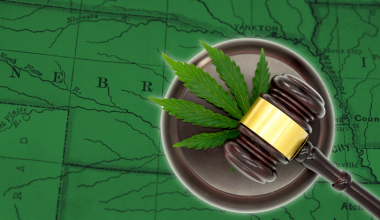
Researchers worldwide published a record 4,300+ scientific papers on the subject of cannabis, according to the results of a keyword search of the National Library of Medicine/PubMed.gov website.
This exceeds the total number of papers published during all of last year, when scientists published over 4,200 papers. At the time, that total was the highest number of cannabis-specific papers ever published in a single year.
Since 2010, scientists have published over 30,000 peer-reviewed papers specific to cannabis, with the annual number of total papers increasing every year. By comparison, researchers published fewer than 3,000 total papers about marijuana in the years between 1990 and 1999 and fewer than 2,000 total studies during the 1980s.
“Despite claims by some that marijuana has yet to be subject to adequate scientific scrutiny, scientists’ interest in studying cannabis has increased exponentially in recent years, as has our understanding of the plant, its active constituents, their mechanisms of action, and their effects on both the user and upon society,” NORML’s Deputy Director Paul Armentano said. “It is time for politicians and others to stop assessing cannabis through the lens of ‘what we don’t know’ and instead start engaging in evidence-based discussions about marijuana and marijuana reform policies that are indicative of all that we do know.”
Much of this uptick in scientific interest surrounding cannabis is a result of researchers’ newfound focus on marijuana’s therapeutic activities. A 2018 paper assessing trends in cannabis-related publications concluded that the total number of peer-reviewed publications dedicated to medical cannabis has increased nine-fold since the year 2000.
In all, PubMed.gov now cites over 42,500 scientific papers on marijuana. Available to the public online since 1996, PubMed is a free resource supporting the search and retrieval of biomedical and life sciences literature.
Summaries of over 450 studies assessing the safety and therapeutic efficacy of cannabis and cannabinoids in different patient populations is available online from NORML.
Related
Medical Disclaimer:
The information provided in these blog posts is intended for general informational and educational purposes only. It is not a substitute for professional medical advice, diagnosis, or treatment. Always seek the advice of your physician or other qualified healthcare provider with any questions you may have regarding a medical condition. The use of any information provided in these blog posts is solely at your own risk. The authors and the website do not recommend or endorse any specific products, treatments, or procedures mentioned. Reliance on any information in these blog posts is solely at your own discretion.






